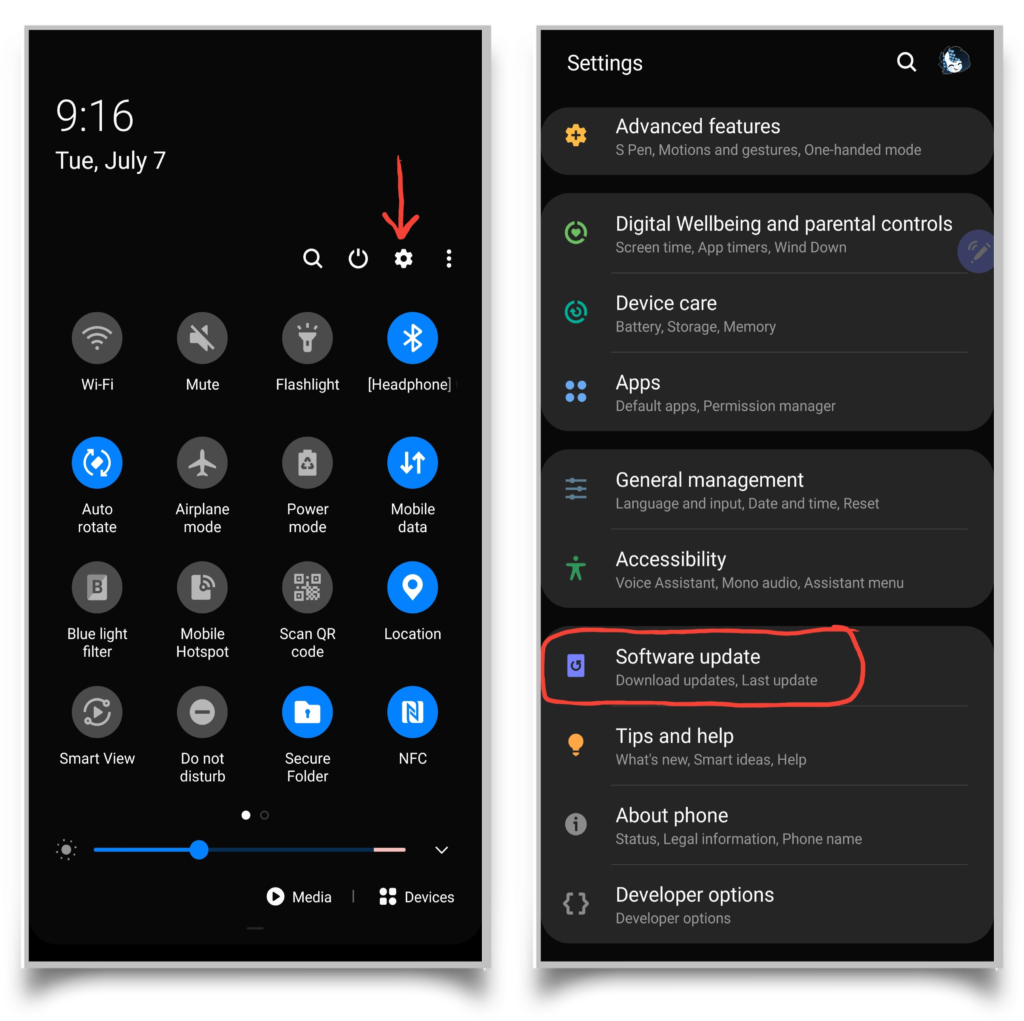

Why, then, do many phones go unsupported after a few years, and why can it take so long to receive important updates? The Barriers Between Android Updates and Phone UpdatesĪndroid OS updates benefits both the consumers and the manufacturers. For instance, the jump across Android versions in recent years switched the OS’ runtimes to something faster and more efficient on modern hardware, an ART runtime, successor to Dalvik. Updates made earlier this year fixed the problem for most devices, but if you’re behind in updates, you may still be vulnerable.

Major updates tend to remove them in droves, though usually some remain or a few new ones pop up. No matter what software you’re using, it’s always going to have some bugs and glitches. This means a faster, more responsive system.

Upgrades to the Android OS typically offer the following benefits: Skinned Android often has major design and functionality changes and typically has more experimental/bloated features, things I’m personally not a fan of in comparison to stock, so your mileage may vary. Stock Android is simply Android OS without any of the manufacturer-exclusive customizations (called “skins”) offered by the likes of Samsung (with TouchWiz), HTC (with Sense) and so on. The Importance of Android OS UpdatesĪs a proud owner of a Nexus 5, I’m quite enamored with what they call “stock” Android. Of course, this all might leave you wondering: what does this all even mean? Does it matter if I have the latest, greatest version of Android? The best ones for this are Google themselves, with their Nexus line (co-manufactured by other partners, like Huawei and LG), though Motorola and niche device makers, like OnePlus, also have a good reputation. Some manufacturers release updates featuring the latest Android versions within a few weeks of the new version releasing. This means that when Android is on the verge of receiving yet another major update, so, too, are your devices (at least, newer ones – more on that later).


 0 kommentar(er)
0 kommentar(er)
